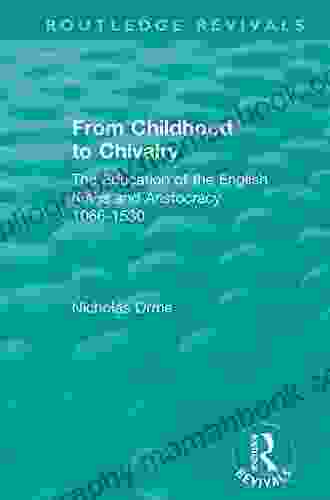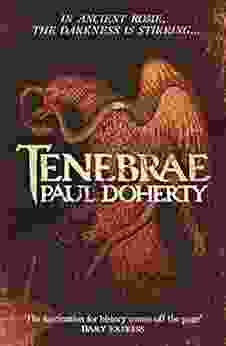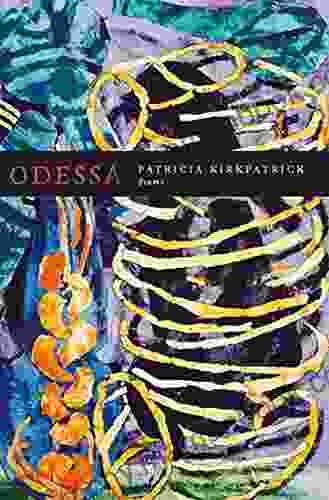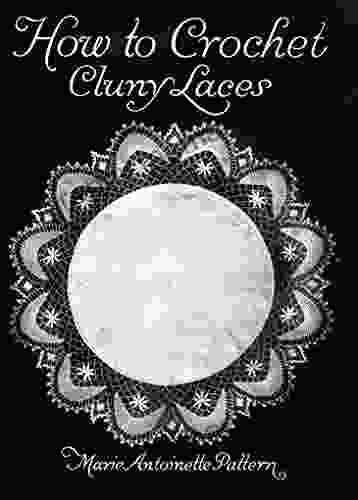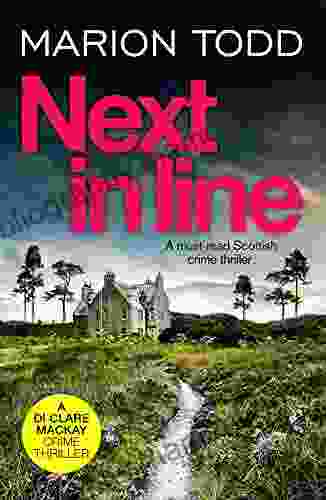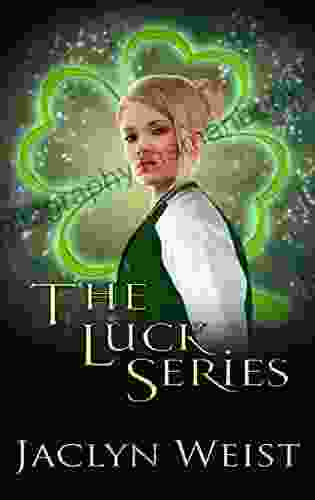The Education of the English Kings and Aristocracy, 1066-1530: Routledge Revivals

4.6 out of 5
| Language | : | English |
| File size | : | 46922 KB |
| Screen Reader | : | Supported |
| Print length | : | 284 pages |
| X-Ray for textbooks | : | Enabled |
By Nicholas Orme
This book explores the education of the English kings and aristocracy from the Norman Conquest to the early Tudor period. It examines the different types of education available to the ruling elite, the role of the Church in education, and the impact of education on the development of English society and culture.
The book begins by examining the education of the Anglo-Saxon kings and aristocracy. This education was largely based on the study of Latin and the Bible, and was provided by the Church. The Norman Conquest brought about a number of changes to the education of the English ruling elite. The new Norman kings and aristocracy were more interested in the study of French and the secular arts, and they began to establish new schools and universities.
The Church continued to play a major role in the education of the English kings and aristocracy throughout the Middle Ages. However, the rise of the universities in the 12th and 13th centuries led to a decline in the importance of the Church's role in education. The universities offered a more secular education, and they began to attract a wider range of students, including the sons of the middle class.
The education of the English kings and aristocracy had a significant impact on the development of English society and culture. The ruling elite were the patrons of the arts and sciences, and they played a major role in the development of English literature, music, and architecture. The education of the ruling elite also helped to shape the political and social institutions of England.
The Early Years
The education of the English kings and aristocracy in the early years after the Norman Conquest was largely based on the study of Latin and the Bible. This education was provided by the Church, and it was designed to prepare the ruling elite for their roles in government and society.
The most important schools for the education of the English kings and aristocracy were the cathedral schools. These schools were located in the major towns and cities of England, and they were staffed by some of the most learned men in the country. The curriculum at the cathedral schools included grammar, rhetoric, logic, and theology.
In addition to the cathedral schools, there were also a number of other schools that provided education for the English kings and aristocracy. These schools included the royal schools, the schools of the great monasteries, and the schools of the minor nobility.
The royal schools were established by the Norman kings to provide education for their sons and other members of the royal family. The schools of the great monasteries were also very important centers of learning, and they attracted students from all over England.
The schools of the minor nobility were less well-funded than the royal schools and the schools of the great monasteries. However, they still provided a valuable education for the sons of the lesser nobility.
The Later Middle Ages
The education of the English kings and aristocracy in the later Middle Ages was more varied than it had been in the early years after the Norman Conquest. The rise of the universities in the 12th and 13th centuries led to a decline in the importance of the Church's role in education. The universities offered a more secular education, and they began to attract a wider range of students, including the sons of the middle class.
The most important universities in England were Oxford and Cambridge. These universities were founded in the 12th century, and they quickly became centers of learning and culture. The curriculum at Oxford and Cambridge included grammar, rhetoric, logic, theology, law, and medicine.
In addition to the universities, there were also a number of other schools that provided education for the English kings and aristocracy in the later Middle Ages. These schools included the Inns of Court, the schools of the great monasteries, and the schools of the minor nobility.
The Inns of Court were law schools that were located in London. These schools were attended by the sons of the nobility and gentry who wished to pursue a career in law.
The schools of the great monasteries continued to be important centers of learning in the later Middle Ages. However, their importance declined somewhat as the universities grew in popularity.
The schools of the minor nobility were less well-funded than the universities and the schools of the great monasteries. However, they still provided a valuable education for the sons of the lesser nobility.
The Renaissance
The Renaissance was a period of great change in the education of the English kings and aristocracy. The Renaissance was a time of renewed interest in the classical learning of Greece and Rome. This interest in classical learning led to a number of changes in the curriculum of the schools and universities.
The most important change in the curriculum was the of the study of Greek. Greek was the language of the ancient Greeks, and it was considered to be the language of learning and culture. The study of Greek led to a greater understanding of the classical world, and it had a major impact on the development of English literature, philosophy, and science.
In addition to the study of Greek, the Renaissance also saw the of the study of other classical subjects, such as history, rhetoric, and grammar. These subjects helped to develop the intellectual skills of the students, and they prepared them for their roles in government and society.
The Renaissance also saw the rise of the public schools. These schools were founded by wealthy merchants and other members of the middle class. The public schools provided a more secular education than the traditional schools of the Church, and they attracted a wider range of students.
The most important public schools were Eton College and Winchester College. These schools were founded in the 15th century, and they quickly became centers of learning and culture. The curriculum at Eton and Winchester included grammar, rhetoric, logic, theology, law, and medicine.
The Reformation
The Reformation was
4.6 out of 5
| Language | : | English |
| File size | : | 46922 KB |
| Screen Reader | : | Supported |
| Print length | : | 284 pages |
| X-Ray for textbooks | : | Enabled |
Do you want to contribute by writing guest posts on this blog?
Please contact us and send us a resume of previous articles that you have written.
 Top Book
Top Book Novel
Novel Fiction
Fiction Nonfiction
Nonfiction Literature
Literature Paperback
Paperback Hardcover
Hardcover E-book
E-book Audiobook
Audiobook Bestseller
Bestseller Classic
Classic Mystery
Mystery Thriller
Thriller Romance
Romance Fantasy
Fantasy Science Fiction
Science Fiction Biography
Biography Memoir
Memoir Autobiography
Autobiography Poetry
Poetry Drama
Drama Historical Fiction
Historical Fiction Self-help
Self-help Young Adult
Young Adult Childrens Books
Childrens Books Graphic Novel
Graphic Novel Anthology
Anthology Series
Series Encyclopedia
Encyclopedia Reference
Reference Guidebook
Guidebook Textbook
Textbook Workbook
Workbook Journal
Journal Diary
Diary Manuscript
Manuscript Folio
Folio Pulp Fiction
Pulp Fiction Short Stories
Short Stories Fairy Tales
Fairy Tales Fables
Fables Mythology
Mythology Philosophy
Philosophy Religion
Religion Spirituality
Spirituality Essays
Essays Critique
Critique Commentary
Commentary Glossary
Glossary Bibliography
Bibliography Index
Index Table of Contents
Table of Contents Preface
Preface Introduction
Introduction Foreword
Foreword Afterword
Afterword Appendices
Appendices Annotations
Annotations Footnotes
Footnotes Epilogue
Epilogue Prologue
Prologue Humberto Rossenfeld
Humberto Rossenfeld Clarisse A Jordan
Clarisse A Jordan Matt Larkin
Matt Larkin Abby Rosmarin
Abby Rosmarin Jason Simmons
Jason Simmons Kathryn Robles
Kathryn Robles Samantha Fantauzzi
Samantha Fantauzzi Kai Storm
Kai Storm Peter Turchi
Peter Turchi Carol Wyer
Carol Wyer Robin Mctaggart
Robin Mctaggart Jill Lepore
Jill Lepore J P Muni
J P Muni Michael Pellegrino Esq
Michael Pellegrino Esq John G Neihardt
John G Neihardt Angel Rosen
Angel Rosen William H Beezley
William H Beezley Nela Collins
Nela Collins Michael Ondaatje
Michael Ondaatje Abby Linwood
Abby Linwood
Light bulbAdvertise smarter! Our strategic ad space ensures maximum exposure. Reserve your spot today!
 Alexander BlairFollow ·17.9k
Alexander BlairFollow ·17.9k Ernest HemingwayFollow ·3.5k
Ernest HemingwayFollow ·3.5k Ivan TurgenevFollow ·5.4k
Ivan TurgenevFollow ·5.4k William ShakespeareFollow ·3.8k
William ShakespeareFollow ·3.8k Hugo CoxFollow ·13.6k
Hugo CoxFollow ·13.6k Daniel KnightFollow ·9.5k
Daniel KnightFollow ·9.5k Ray BlairFollow ·10.9k
Ray BlairFollow ·10.9k Corbin PowellFollow ·8.2k
Corbin PowellFollow ·8.2k

 Patrick Rothfuss
Patrick RothfussHow to Make a Million Dollars: No Secrets
Making a million dollars...
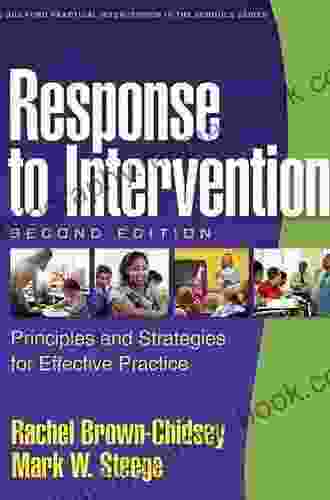
 Robert Heinlein
Robert HeinleinResponse to Intervention, Second Edition: RTI in Practice
A Comprehensive Resource for Educators and...

 Timothy Ward
Timothy WardUnravel the Gripping Assassination Thriller Bursting with...
Prepare yourself for a...
4.6 out of 5
| Language | : | English |
| File size | : | 46922 KB |
| Screen Reader | : | Supported |
| Print length | : | 284 pages |
| X-Ray for textbooks | : | Enabled |


